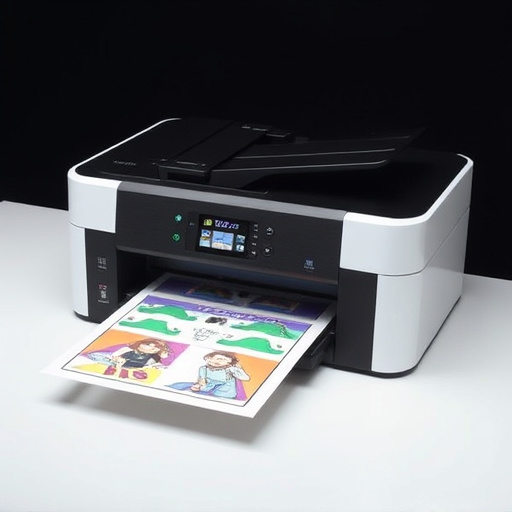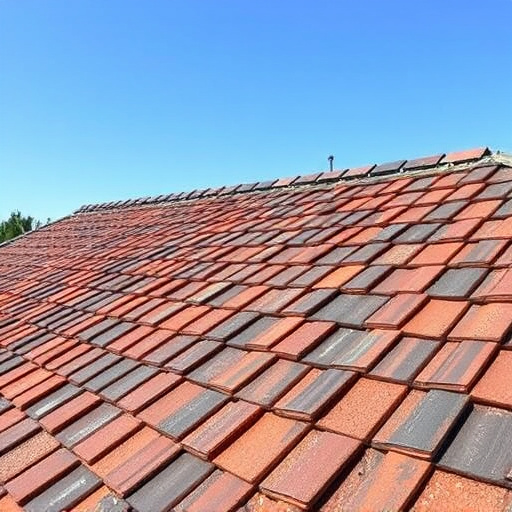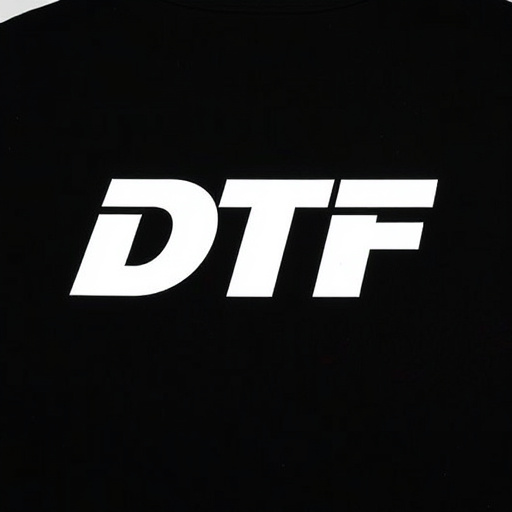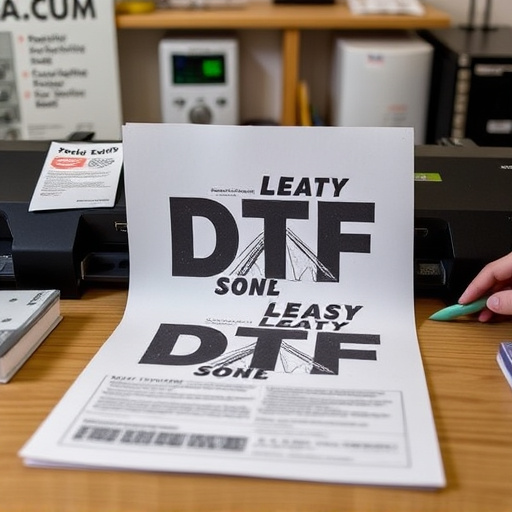The performance of a DTF Powder Applicator relies heavily on temperature sensitivity within specific ranges for accurate powder application and print quality. Excessive or inadequate heat can lead to curing issues, impacting design transfers' detail and durability. To overcome challenges, technological advancements like precise heating, sensors, and automated controls ensure consistent results, even for smaller batches. Pre-press preparation techniques, such as ready-to-press DTF transfers, also help mitigate temperature sensitivities. Understanding these factors is crucial for maximizing DTF technology's advantages in the printing industry.
“Unraveling the intricacies of temperature sensitivity in DTF (Direct Thermal Formation) powder applicators is crucial for enhancing their performance and efficiency. This article delves into the pivotal role of temperature, exploring its profound impact on the functionality and accuracy of these applicators. We dissect common challenges associated with temperature variability and offer innovative solutions to ensure consistent results. Furthermore, practical strategies for optimizing DTF applicator performance through meticulous temperature control are presented, providing valuable insights for professionals in this field.”
- The Role of Temperature in DTF Powder Applicators
- – Exploring the impact of temperature on the performance and efficiency of DTF (Direct Thermal Formation) powder applicators.
- Understanding Temperature Sensitivity: Challenges and Solutions
The Role of Temperature in DTF Powder Applicators
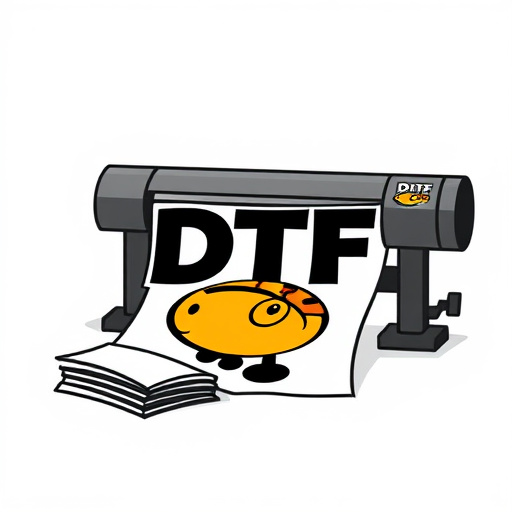
The functionality of a DTF Powder Applicator is intrinsically tied to temperature sensitivity. These applicators are designed to work with specific temperature ranges for optimal performance, ensuring precise control over the application process. Temperature plays a pivotal role in determining the flow and spread of the powder, directly impacting the final print quality. For instance, incorrect temperature settings can lead to clumping or irregular distribution of the powder, affecting the overall aesthetics and durability of the printed designs.
When considering DTF online ordering and customization, understanding temperature sensitivity is crucial. Customers can specify requirements for vibrant designs and precise details, but these must be compatible with the applicator’s operational temperature window. This ensures that the chosen design, whether featuring intricate patterns or bold colors, will be accurately replicated, maintaining the desired level of detail and visual appeal.
– Exploring the impact of temperature on the performance and efficiency of DTF (Direct Thermal Formation) powder applicators.

The performance and efficiency of a DTF Powder Applicator are significantly influenced by temperature.
Optimal temperature conditions play a critical role in ensuring precise control over the DTF curing process, allowing for high-quality DTF design transfers. Excessive heat can lead to premature curing, resulting in imperfections on the final print. Conversely, inadequate heat may hinder the complete fusing of powder, affecting the overall durability and quality of the applied layer.
Understanding this temperature sensitivity is key to harnessing the full potential of DTF technology. Careful consideration of the specific DTF cost-effective advantages, coupled with precise temperature management, enables users to achieve consistent and superior results in their printing processes.
Understanding Temperature Sensitivity: Challenges and Solutions
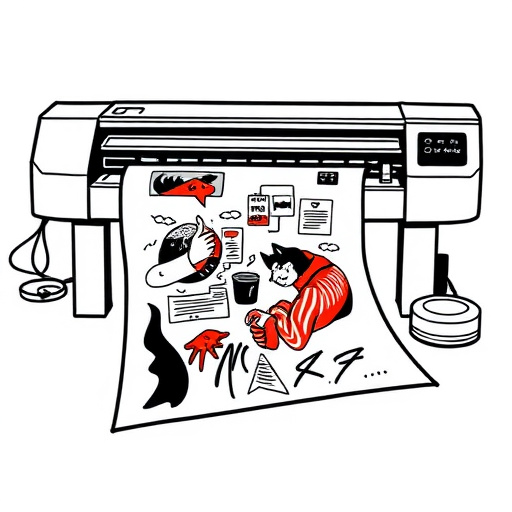
Understanding Temperature Sensitivity: Challenges and Solutions
The DTF Powder Applicator, a revolutionary tool in the printing industry, relies heavily on precise temperature control for optimal performance. However, temperature sensitivity poses significant challenges during its operation. This is particularly true when dealing with sensitive materials like DTF (Direct to Fabric) transfers, which can easily degrade or change properties under the wrong thermal conditions. The primary challenge lies in maintaining consistent temperature throughout the application process, especially as environmental factors and material variations can drastically affect outcomes.
Various solutions have been developed to tackle these issues, focusing on both technological advancements and operational best practices. In terms of technology, precise heating elements and advanced sensors are integrated into modern DTF applicators to ensure accurate temperature regulation. Additionally, the use of automated control systems allows for real-time adjustments, compensating for any fluctuations. For smaller orders or dtf fast delivery needs, these innovations ensure that even limited batches can benefit from high-quality results. Moreover, pre-press preparation techniques, such as using dtf transfers ready to press, can mitigate some temperature sensitivities by optimizing material readiness, contributing to more consistent and successful applications.
The understanding of temperature sensitivity in DTF powder applicators is pivotal for enhancing their performance and reliability. By meticulously controlling environmental conditions, specifically temperature, manufacturers can optimize the efficiency of these applicators, ensuring consistent and accurate results. Through innovative solutions that address challenges posed by temperature fluctuations, the DTF powder applicator continues to evolve, opening doors to improved industrial applications and setting new standards in direct thermal formation technology.



